Fellow history lovers, this morning I woke to an unexpected but wonderful email from Philip Norman, curator at The Garden Museum in Lambeth. For those of you who aren’t aware, this fascinating museum is housed in the deconsecrated parish church of St Mary-at-Lambeth, where members of one of Tudor England’s most powerful families, the Howards, were buried in the fifteenth and sixteenth centuries.
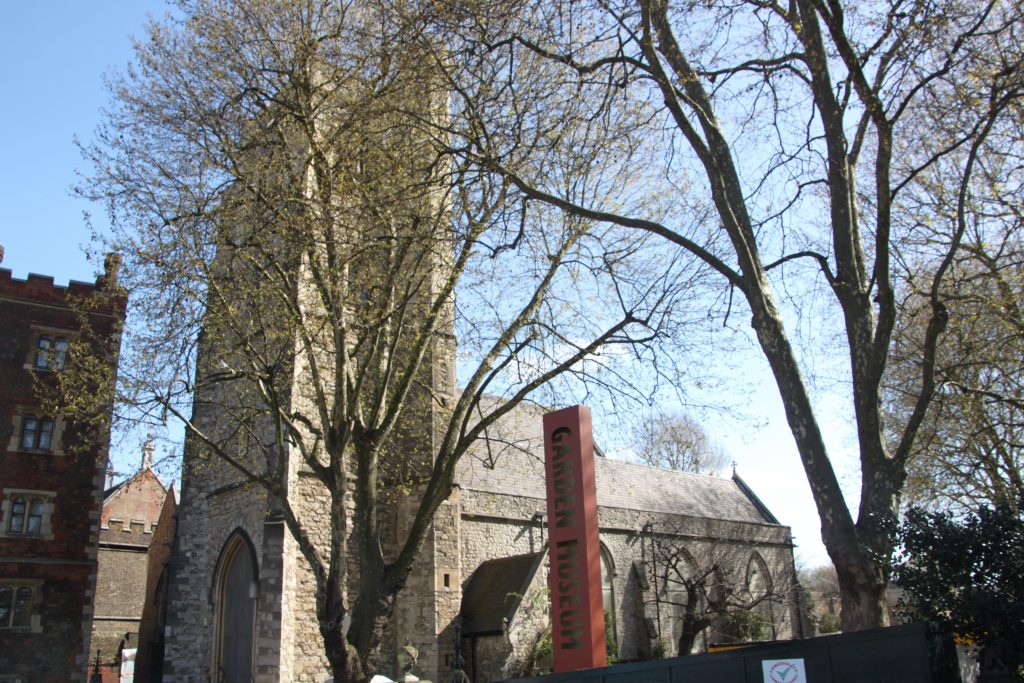
Philip wrote to share the very exciting news that he recently identified the ledger stone of Elizabeth Boleyn (née Howard), Countess of Wiltshire! Elizabeth was none other than the wife of Thomas Boleyn; mother of Mary, George and Anne Boleyn and maternal grandmother of Elizabeth I.
On 7 April 1538, four days after her death at the home of Hugh Faringdon, the Abbot of Reading, Elizabeth was buried in a crypt beneath the floor of the Howard Chapel where several of her siblings had already been laid to rest. The chapel no longer exists, although it’s known to have once stood at the east end of the north aisle. Philip has kindly annotated the photo of the interior of St Mary’s Church, Lambeth, c. 1977, to show where the Howard Chapel footprint was before the church was restored and converted into a museum of garden history.
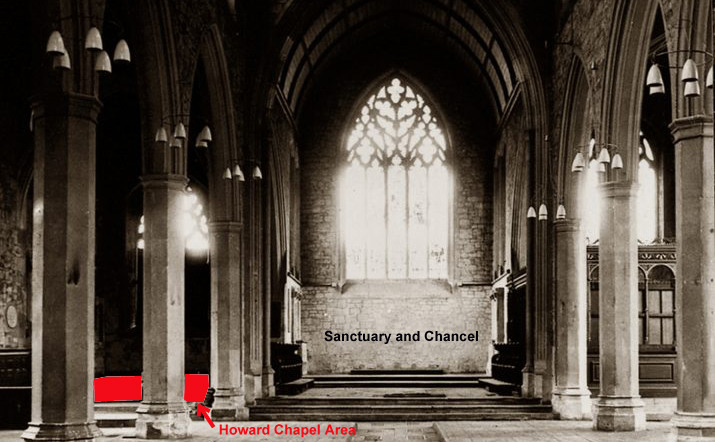
While some of the Howard monuments were recorded as still extant in the late eighteenth century, no traces of their tombs were thought to have survived – until now!
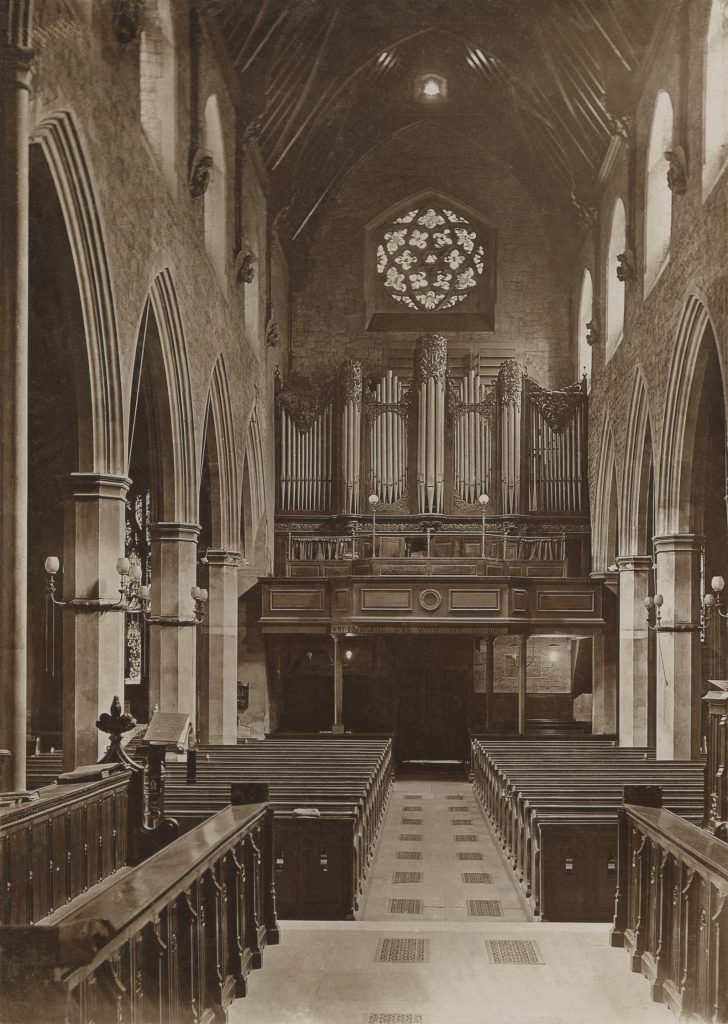
Interior of St Mary’s Church, Lambeth, c. 1900, where Elizabeth Boleyn was buried in 1538. (Copyright of the Garden Museum)
The Museum closed for refurbishment in November 2015, and Philip recounted how at some point during the 18-month refresh, the ledger was moved from the Sanctuary to the floor of the gift shop, the site of the former Howard Chapel, where it has been since the museum reopened in May 2017. In its former position, the wording on the ledger had been hidden from view because, since the mid-1990’s, the Sanctuary/Chancel area had been partly covered by an office and carpeted over. Philip recalled helping catalogue all the visible ledgers in 1981, and after consulting his records confirmed that Elizabeth’s was not among them.
Imagine Philip’s delight then when he noticed the names ‘Howard’ and ‘Elizabeth’ engraved on the lower half of the ancient stone. Curiosity piqued, he consulted Lambeth Council’s Archives and found mention of Elizabeth’s inscription, (although incorrectly recorded as being ‘on a brass plate’), in Volume V of the 1718 edition of John Aubrey’s Natural History and Antiquities of the County of Surrey. This edition by E Curll, updated the St Mary’s entry to include information on burials at St Mary’s found in an unpublished manuscript by Augustin Vincent, a Rouge Croix Pursuivant, and based on his visitation of the County of Surrey made in 1623.
The inscription is given as:
‘Here lyeth the Lady Elizabeth
Howard, sometime Countess of Wiltshire’.
When compared to the well-worn ledger below, it’s obvious that the inscriptions match. This ledger stone once marked the final resting place of Elizabeth Boleyn.
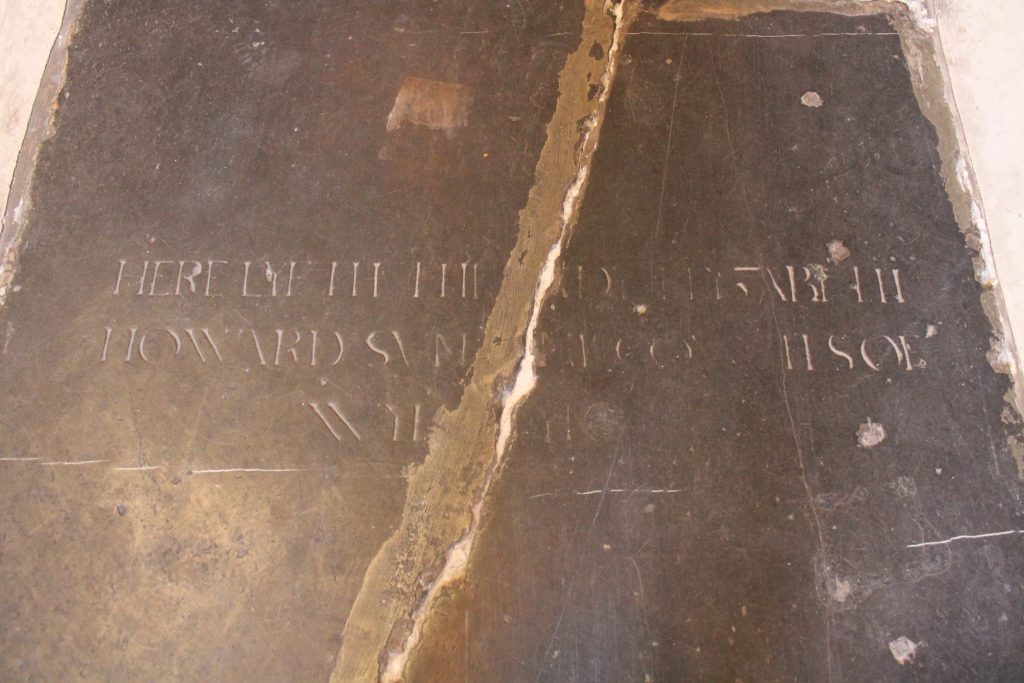
The Ledger Stone of Elizabeth Boleyn, The Garden Museum, Lambeth. (Copyright Philip Norman)
To some, this worn slab of stone may mean very little, but to Philip and I, it’s a tangible and very powerful connection to Elizabeth Boleyn, who in the end chose to be buried with her Howard relatives at Lambeth, rather than at St Peter’s Church, Hever, where her husband would be laid to rest the following year. I can’t help but wonder about the people who came to pay respect to this once great lady, they too would have looked on this very stone. It sets the imagination ablaze!
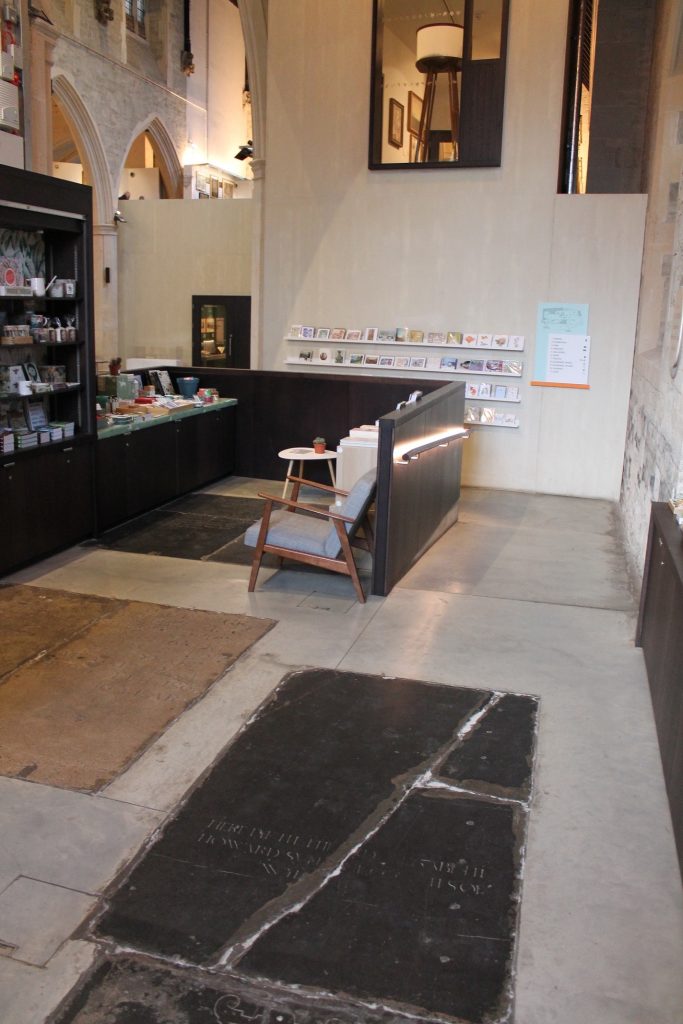
The Ledger Stone of Elizabeth Boleyn, The Garden Museum, Lambeth. (Copyright Philip Norman)
The same source mentions that in the chancel there was a ‘brass plate fixed to a gravestone’ to Katherine Howard, who died on 23 April 1535. Katherine was the first wife of William Howard, eldest son of Thomas Howard, 2nd Duke of Norfolk, by his second wife Agnes Tilney and Elizabeth Boleyn’s half-brother. Also recorded ‘in Howard’s Chapel, upon an old table, was this inscription in black letters’:
Good Duchess of Norfolk,
the Lord have mercy upon thee;
who died at Lambeth
the last of November.
The duchess in question was Elizabeth Howard (d. 30 November 1558), eldest daughter of Edward Stafford, 3rd Duke of Buckingham, and Eleanor Percy. Through her marriage to Thomas Howard, 3rd Duke of Norfolk, Elizabeth became Elizabeth Boleyn’s sister-in-law, although throughout the ‘King’s Great Matter’ she remained staunchly loyal to Katherine of Aragon, even going as far as refusing to attend Anne Boleyn’s coronation. Her marriage fared little better, and she and Thomas were eventually separated. Her relationship with her brother Henry also suffered, although they were eventually reconciled. The same source records this touching epitaph [spelling modernised].
Farewell good Lady and Sister dear,
In Earth we shall never meet here;
But yet I trust with Gods Grace
In Heaven we shalt deserve a Place;
Yet thy Kindness shall never depart,
During my Life, out of my Heart:
Thou wast to me both fare and near,
A Mother, a Sister, a Friend most dear,
And to all thy Friends most sure and fast,
When Fortune had sounded his froward Blast:
And to the Poor a very Mother,
More than was known to any other;
Which is thy Treasure now at this Day,
And for thy Soul they heartily pray:
So shall I do that here remain,
God thy Soul preserve from Pain.
By thy most bounden [or bounded] Brother,
Henry Lord Stafford.

Elizabeth Stafford’s husband, Thomas Howard, 3rd Duke of Norfolk.
When it comes to the history of the former parish church and its Howard connections, Philip Norman is the most knowledgeable person I know. I’m always moved by his humility and willingness to share his expertise and utterly grateful that he chose to share this thrilling information with me and urge me to spread the word. Like Philip, I live and breathe Tudor history, so I’m delighted to do just that.
Philip hopes to encourage the powers that be to install a sign to draw visitors’ attention to the ledger stone. In the meantime, if you choose to pay a visit to the museum, and I hope you do, remember to pause in the gift shop near the ancient marker, and spare a thought for Elizabeth Boleyn who died a heartbroken woman less than two years after the executions of her beloved children Anne and George, and whose mortal remains lie buried somewhere beneath the floor.
Updated 9.12.18


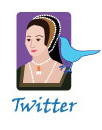




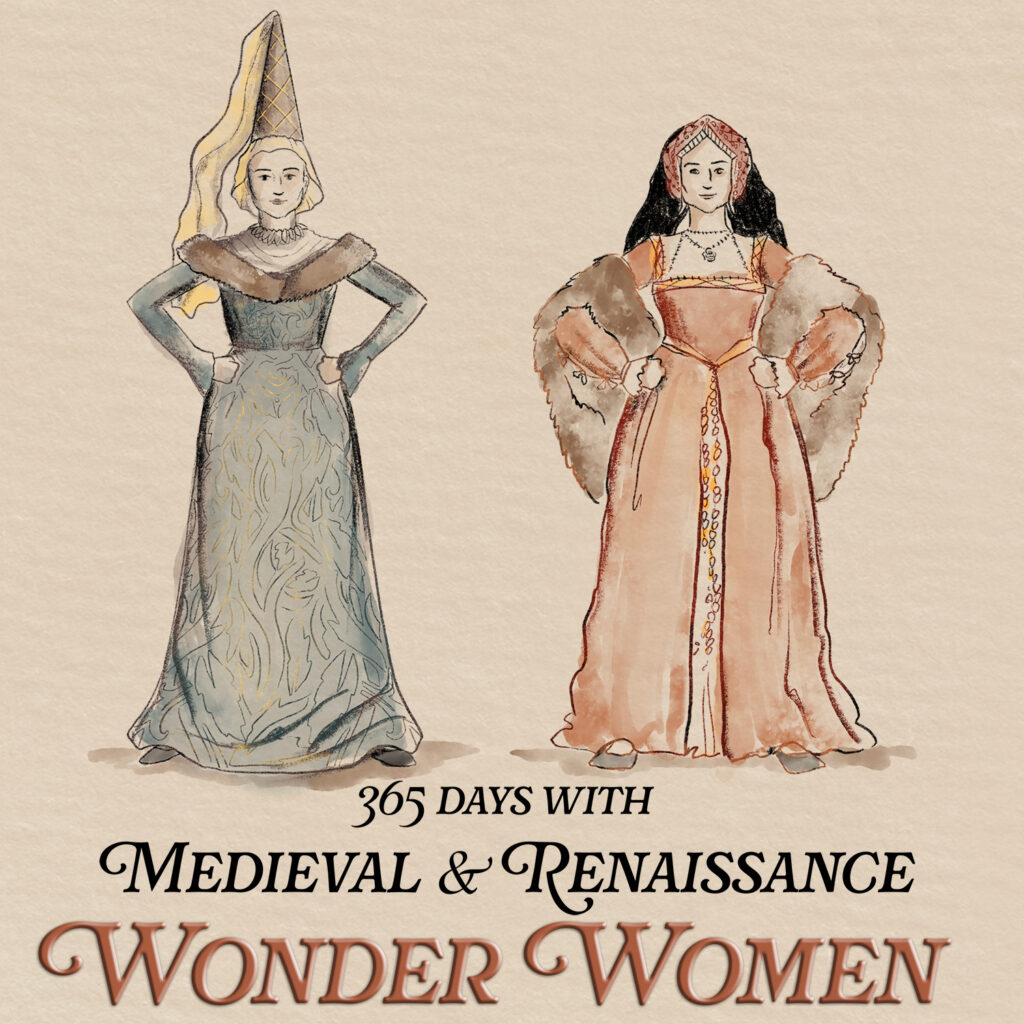

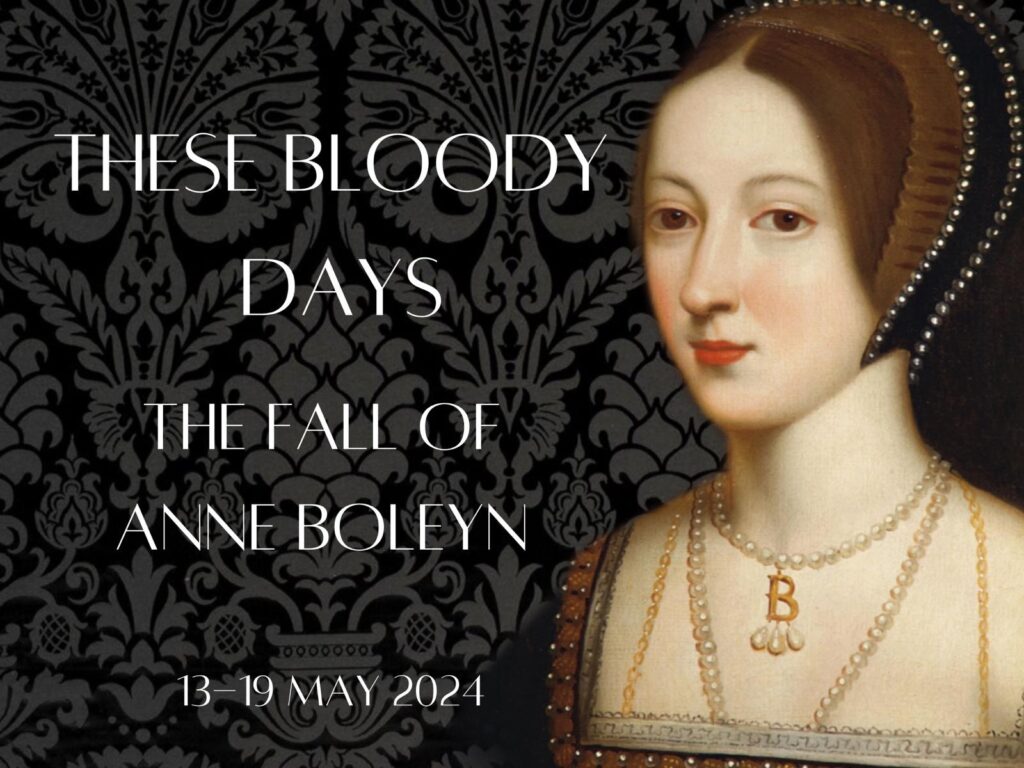
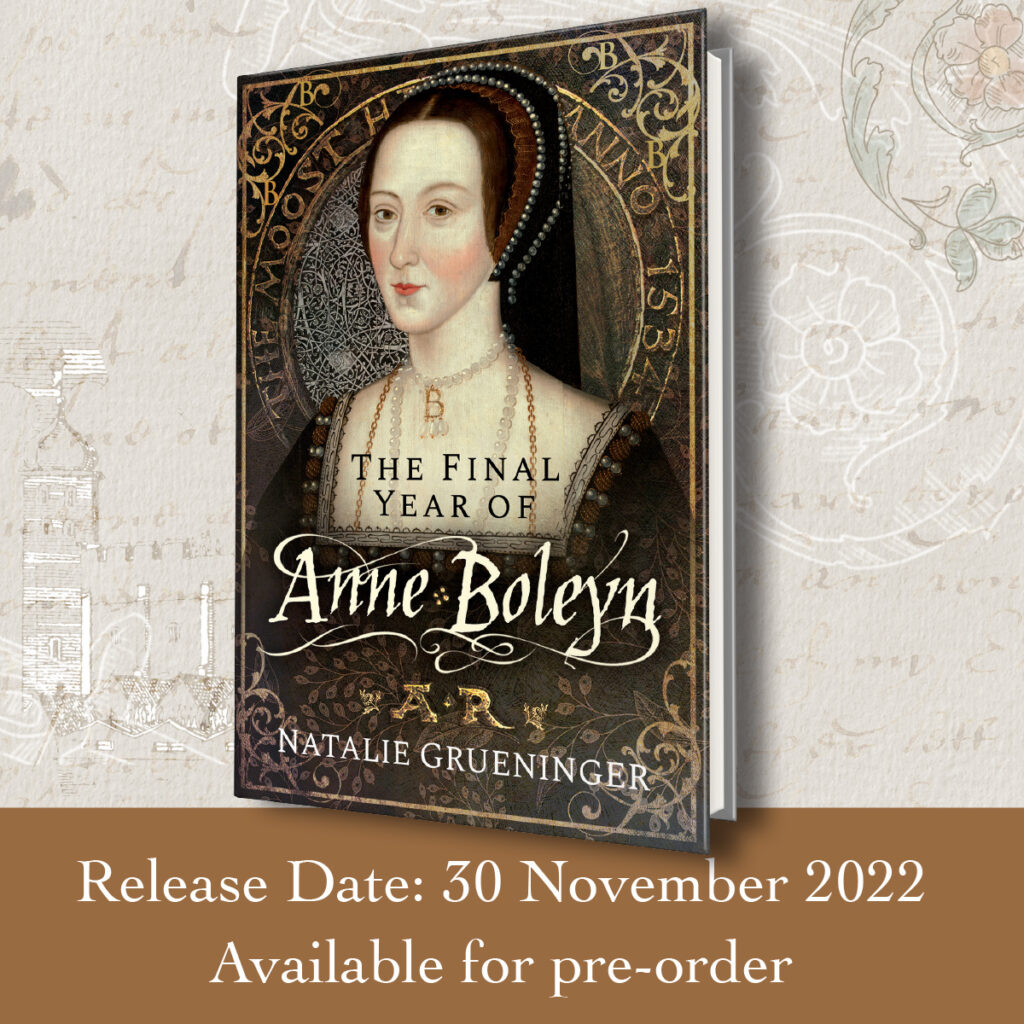
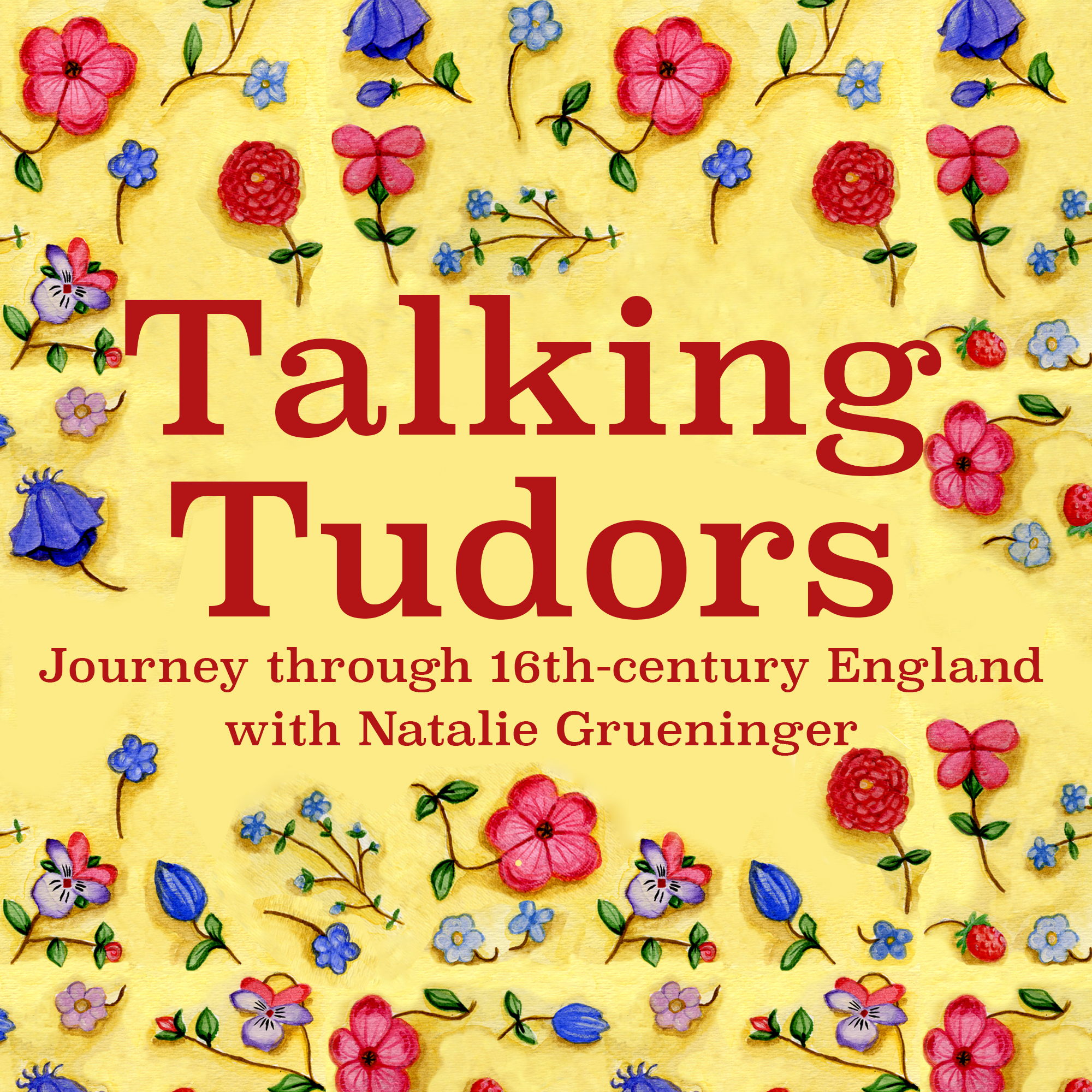

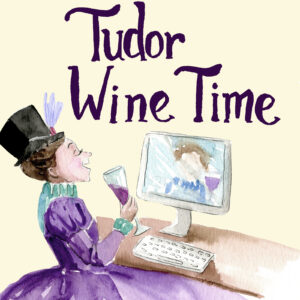
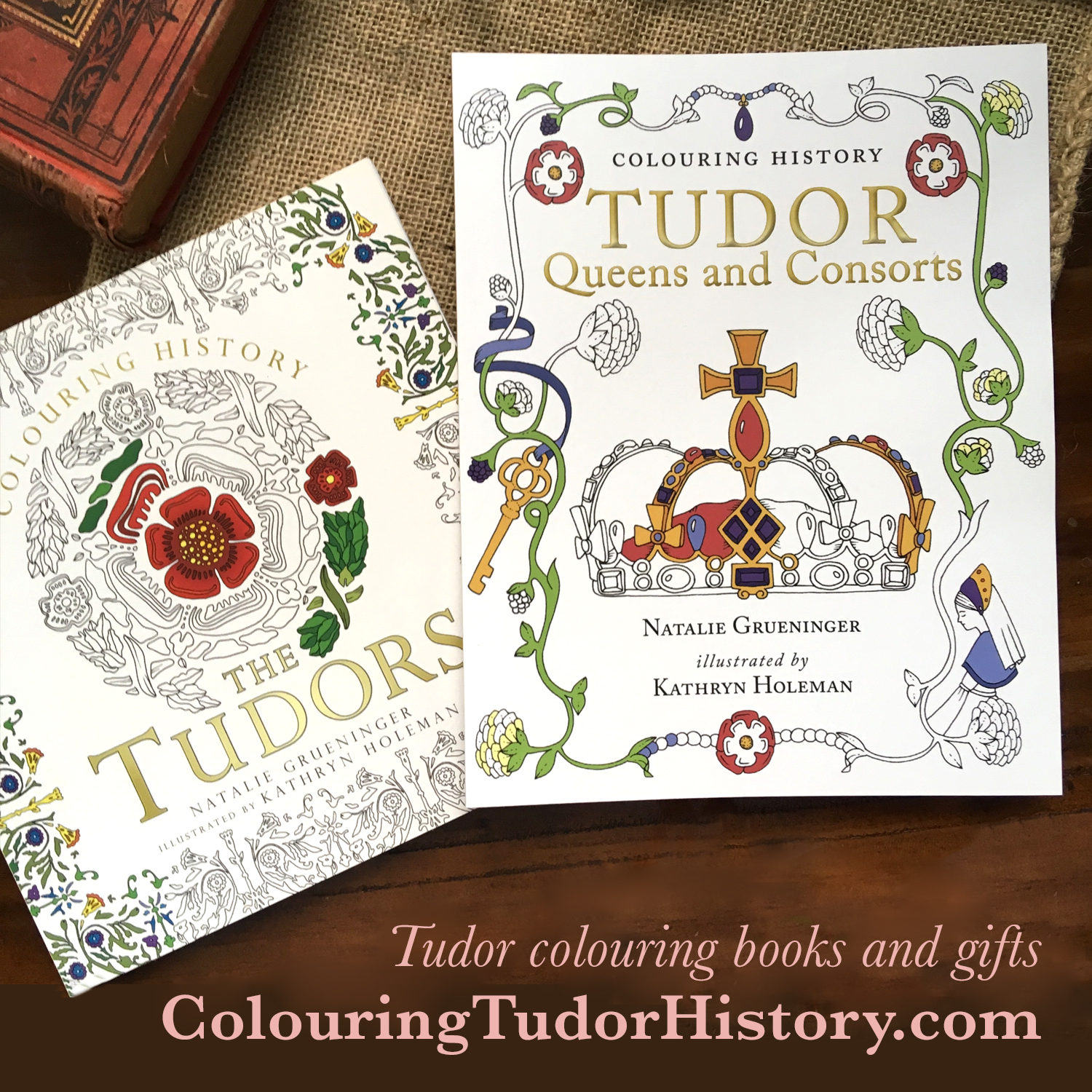

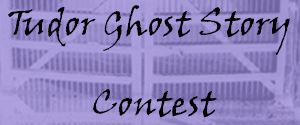

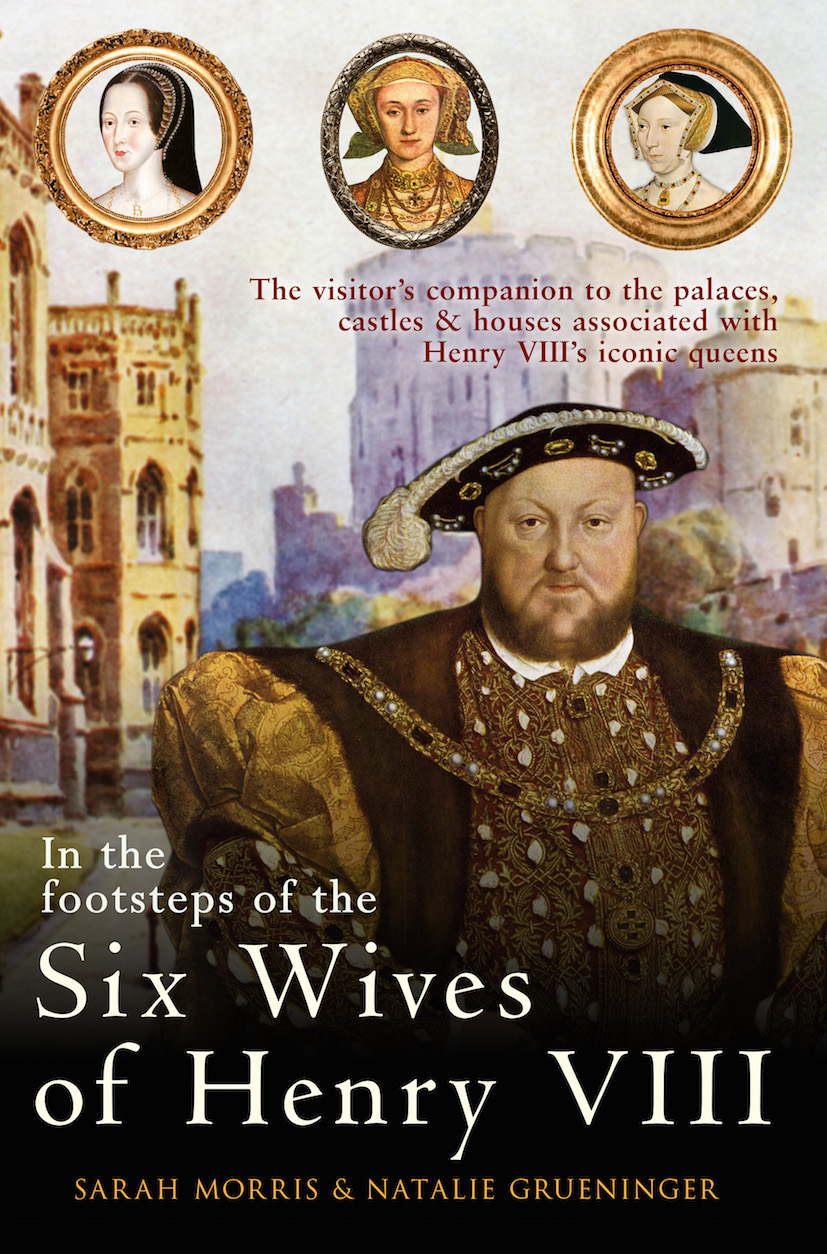
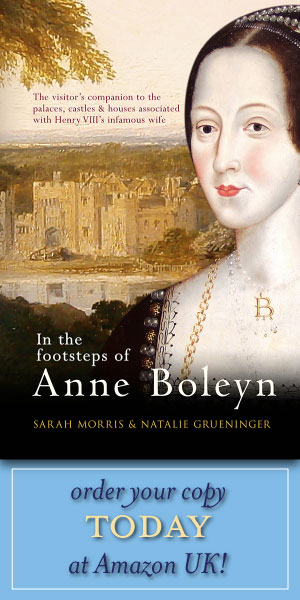
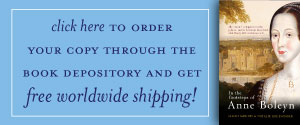
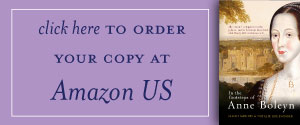
Ohhh my this is fabulous
Ah, we have always said that these amazing finds do still happen! That is just so thrilling. So to be clear, the tomb is back in the original chapel but not necessarily over her body? It is wonderful though. There is so little left of Elizabeth, it makes you go all tingly! Will share far and wide…
That’s right, Sarah! Unfortunately, we still don’t know the exact location of her skeletal remain. Who knows, that might change in the future.
So exciting!! Love things like this – makes me feel as though we are almost touching the past ?
So happy that this has been found….thank you for sharing this exciting find
What a treasure to find.it makes all history so real with every treasure found. Thanks for sharing this
Oh how exciting ! I have been in there and wondered if I was walking over her grave. The stress she had losing both Anne and George in such a horrendous way had to be unbearable! When parents lose a child the stress often divides them. Emotions are so very raw. Next time I am there I will pay homage to this great person.
I’m so glad that they have been doing work at the museum. I’ve been a couple of times but the wooden flooring of the cafe was covering the slabs, although they had some markers displayed on the walls there. It was still wonderful to visit, and I also enjoyed walking down the road to see the site of Norfolk House, now a hotel!
So wonderful to hear this has been discovered!
So wonderful to hear this has been discovered!
Thank you so much for sharing. I live in the US but am totallyobsessed with English history. Any recommendations you have for reading I’d greatly appreciate it.
Exciting news indeed. My husband is descended from her through Mary B. and Will Stafford. We are in America. There are numerous descendants here through the Westmoreland connections and the Poes.
This is incredible news! Remarkable! I ADORE Tudor history, so rich, tragic, and controversial. This slab meams so much to we enthusiasts, I can’t even begin to think of the eyes that stared mournfully at her service so long ago. I wish so much to see it myself! What a discovery!
Delighted to hear that Philip Norman is still going strong. When he was a volunteer at the Garden Museum he very kindly helped me with research into Elizabeth Howard’s step-mother, the dowager Duchess of Norfolk, who was Katherine Howard’s step-grandmother. I belong to the Friends of the Garden Museum because of its Tudor connections and am hoping the Trustees will come to recognise what an enormous resource they have in that most historic of parish churches. If anybody is in touch with Philip please send him my regards and tell him I am coming to the end of my ten years of on-and-off labours on Katherine and her grandma!
This is fantastic!
Thank you for sharing this new information.
This would be a lovely book to have with me on my next trip back to the UK (I live in France) our last planned 10 day trip had to be shortened to a one night stop over as we had to go back home to our little Jack Russell 4 year old dog (Jenny) as she had suddenly become blind overnight. Despite 2 operations by wonderful vets we cannot give her back her sight. But as least have managed to stop the pain she was in. I would love this book as to win it might signal our run of bad luck has finally stopped
The Boleyn family is fascinating.
This should be a very informative book.
Thank you for this – a really interesting discovery. And interesting, too, to find out how Elizabeth name appears on the stone: “sumtime” Countess of Wiltshire. And not a word about her husband or children. Another piece of evidence about how she felt about her husband returning to Court to try to restart his career.
What an amazing historical find
This must be quite fascinating